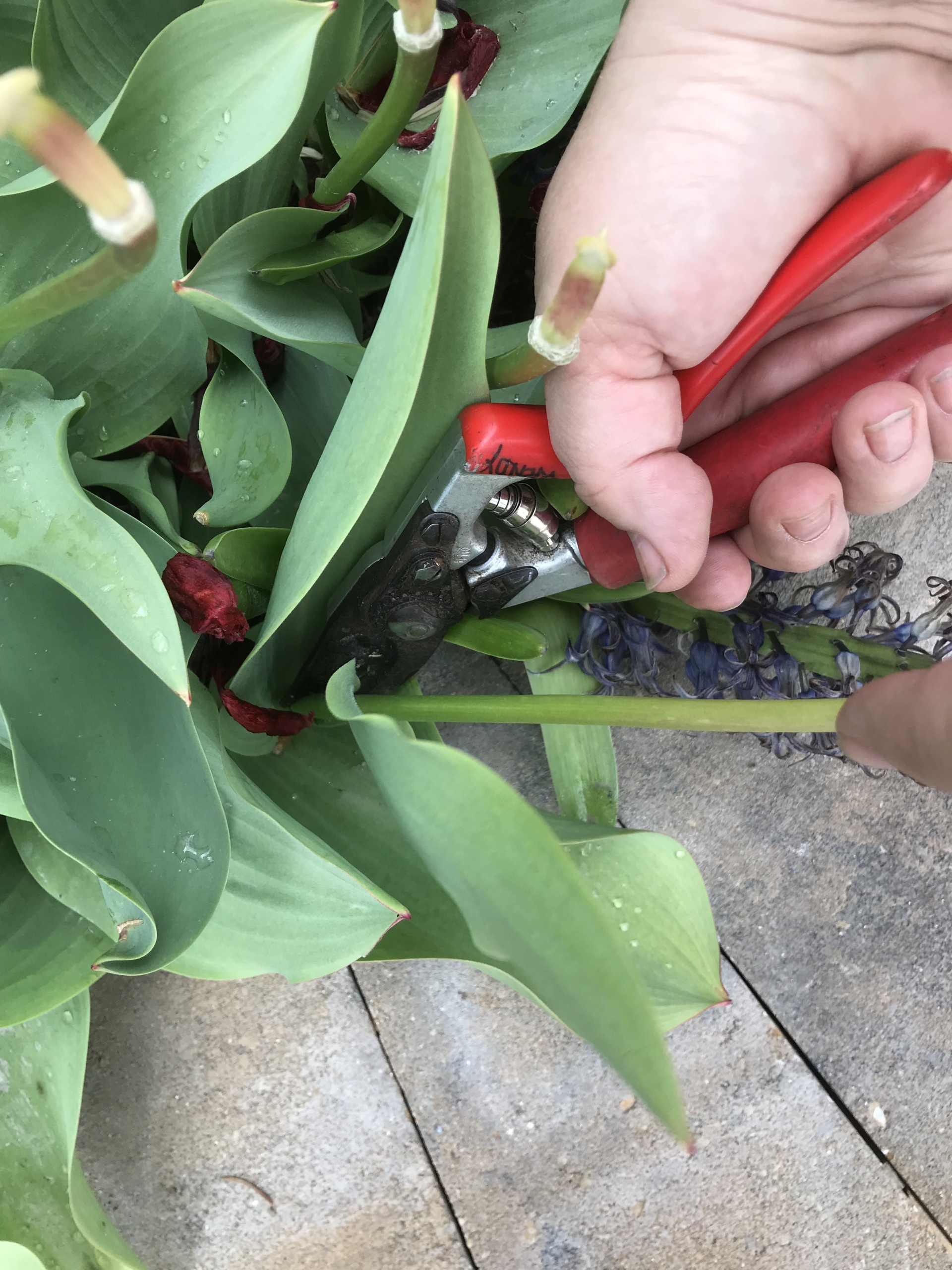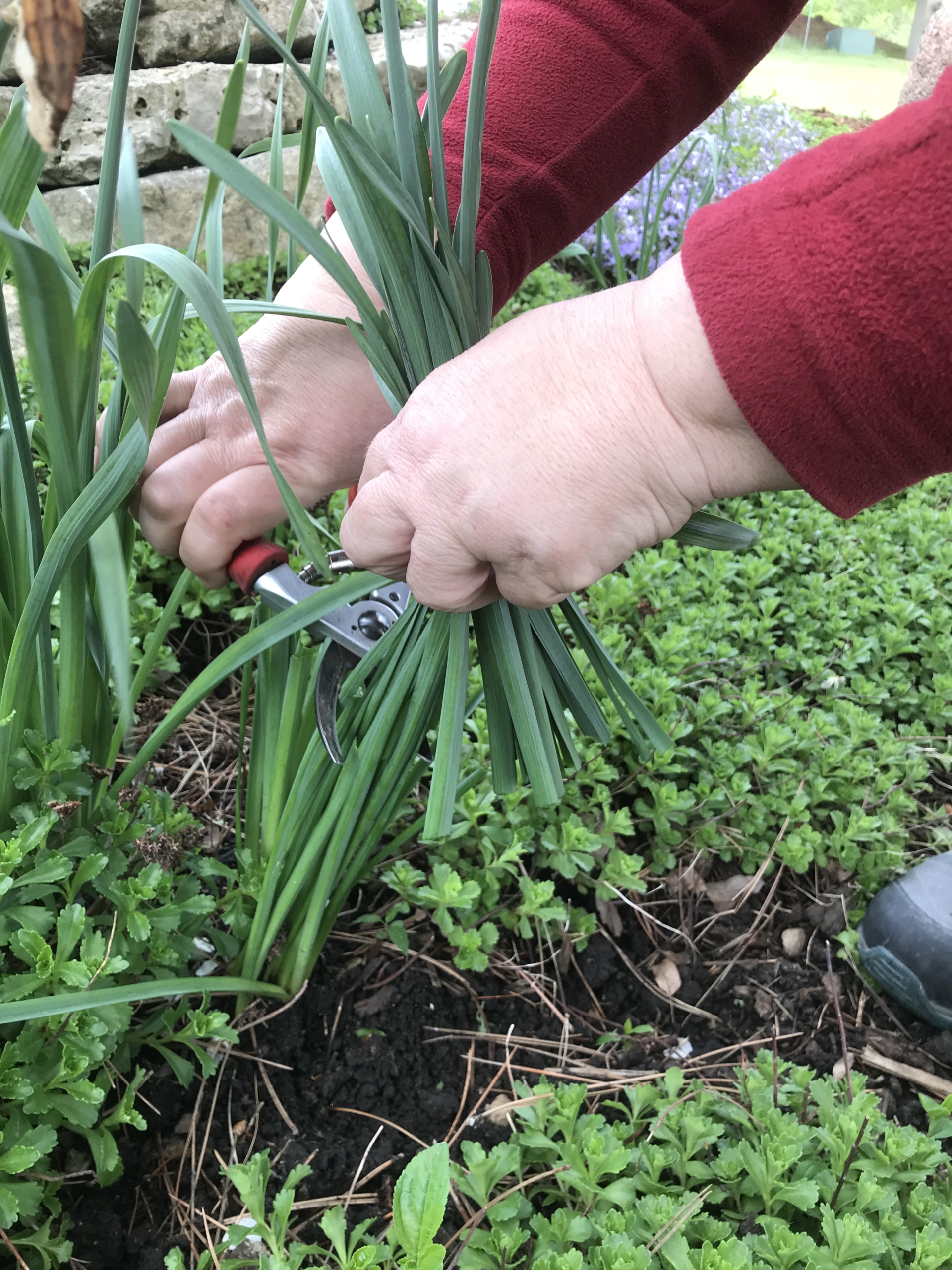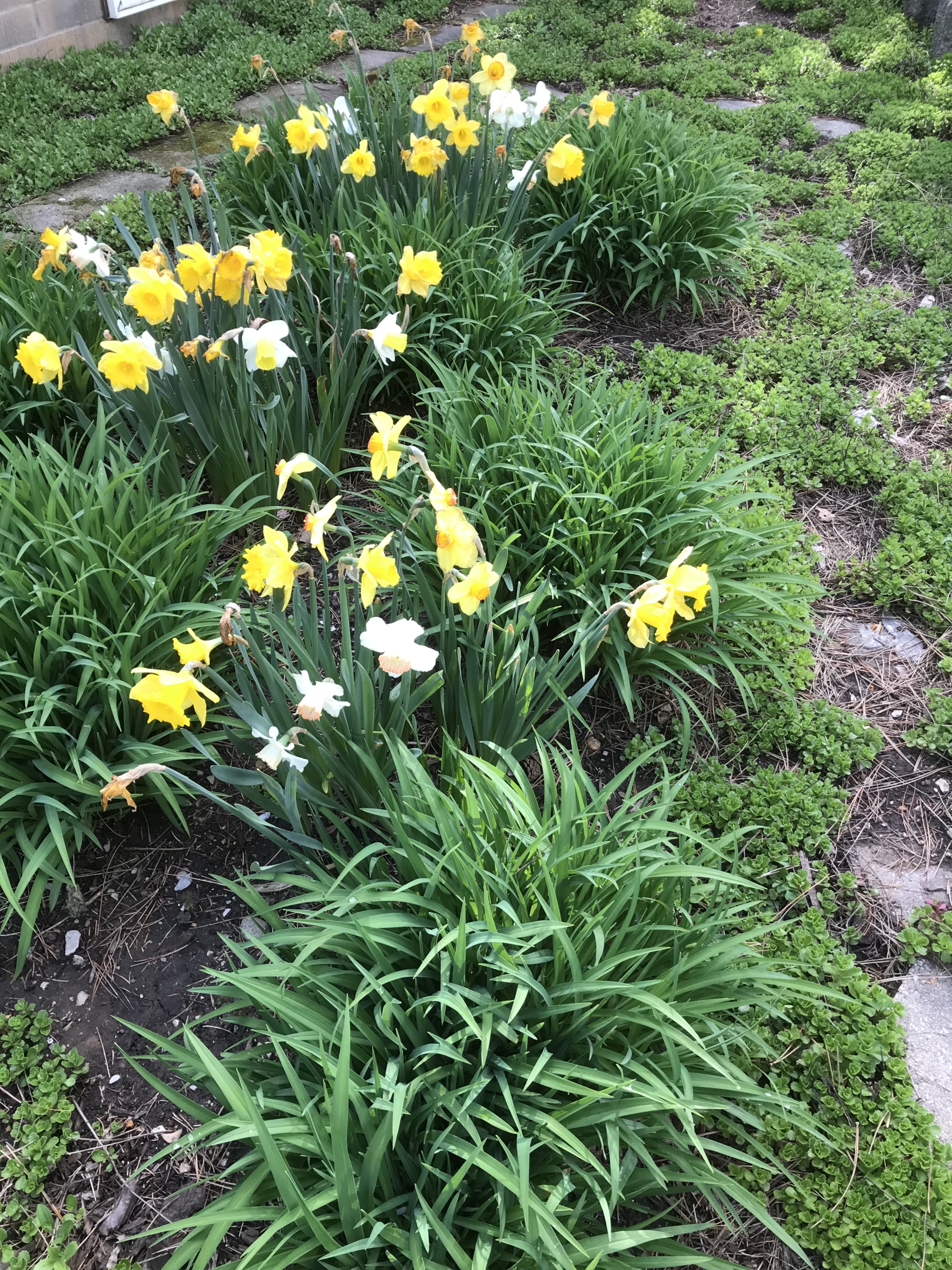Top Tips for Planting Fall Bulbs
Fall-planted flower bulbs, such as tulips, daffodils and hyacinths, flower in spring and are a great way to add color to your garden. With these expert tips, planting fall bulbs becomes an easy and enjoyable task for gardeners of every skill level.
Plant Your Bulbs as Soon as the Ground Is Cool
Wisconsin’s cold winters are perfect for these bulbs since it allows them to winter over, which is an essential process for them to grow in the spring. The bulbs should be planted in the fall when the nighttime temperatures are around 40-50° F. It’s important to plant them at least six weeks before the ground freezes for sufficient rooting time. For those of us in Wisconsin, the optimal planting time is normally between mid-September through mid-November.
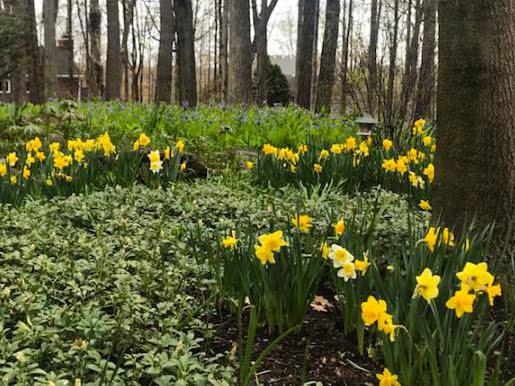
Choose the Optimal Spot to Plant Your Fall Bulbs
You can plant bulbs just about anywhere in your garden, which allows for a lot of freedom when choosing your garden design. The most important consideration is to choose an area where the soil can drain well and avoid spots where water collects. Bulbs like the sun and each flower can grow to a different height, so take that into consideration as well when choosing your planting spots.
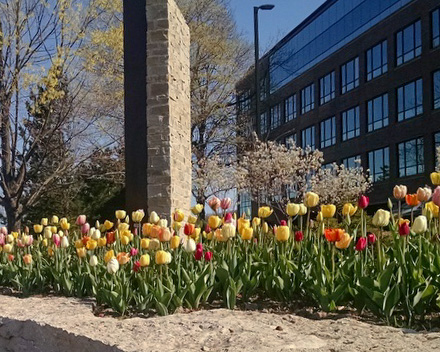
Prepare Your Soil, Then Plant!
Your soil should be loose and workable to a depth of around 8”. If your planting area isn’t an established garden bed, it can be beneficial to add organic matter or compost to add nutrients. Remove any weeds or other debris as well. When you plant your bulbs, unless the label says differently, plant the bigger bulbs 8” deep and the smaller bulbs at 5”. Place the bulb in the hole with the roots facing down. Once planted, cover the hole with soil but don’t pack it. Water it once, and then you’re done!
We would be happy to work with you to design a garden bed full of seasonal color. Contact us today to connect with one of our skilled landscape experts! https://amerlandscape.com/contact/ or (262) 252-4260


